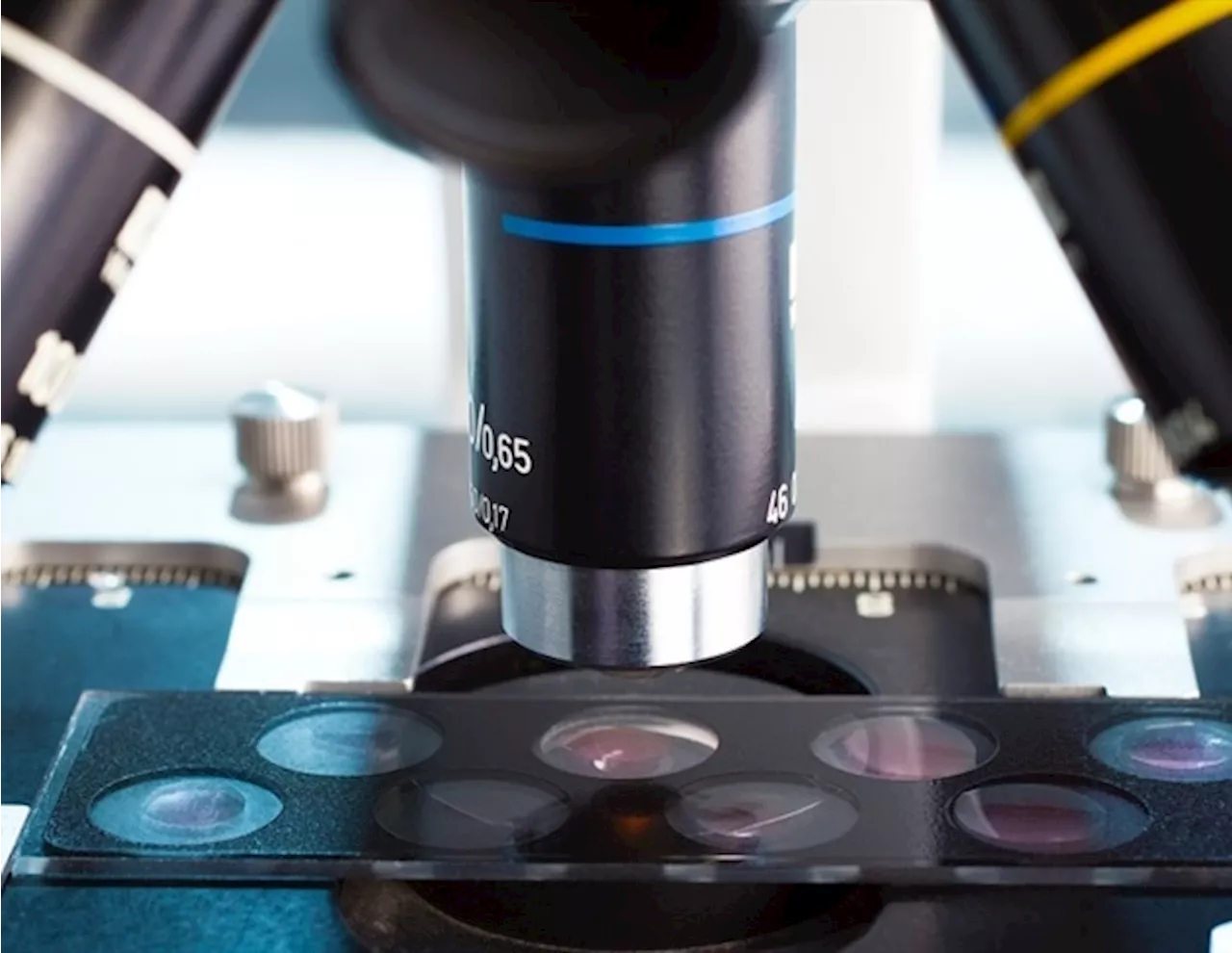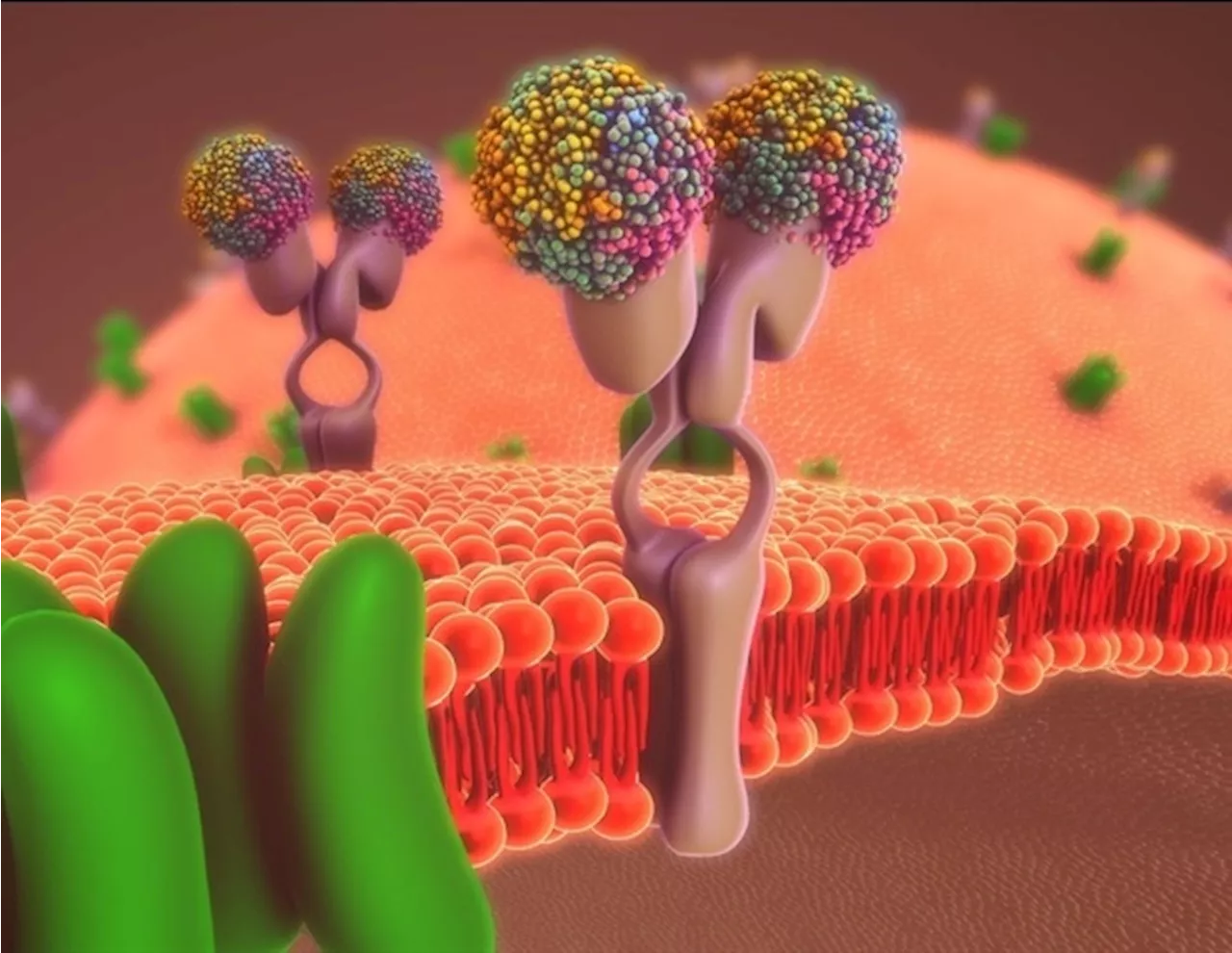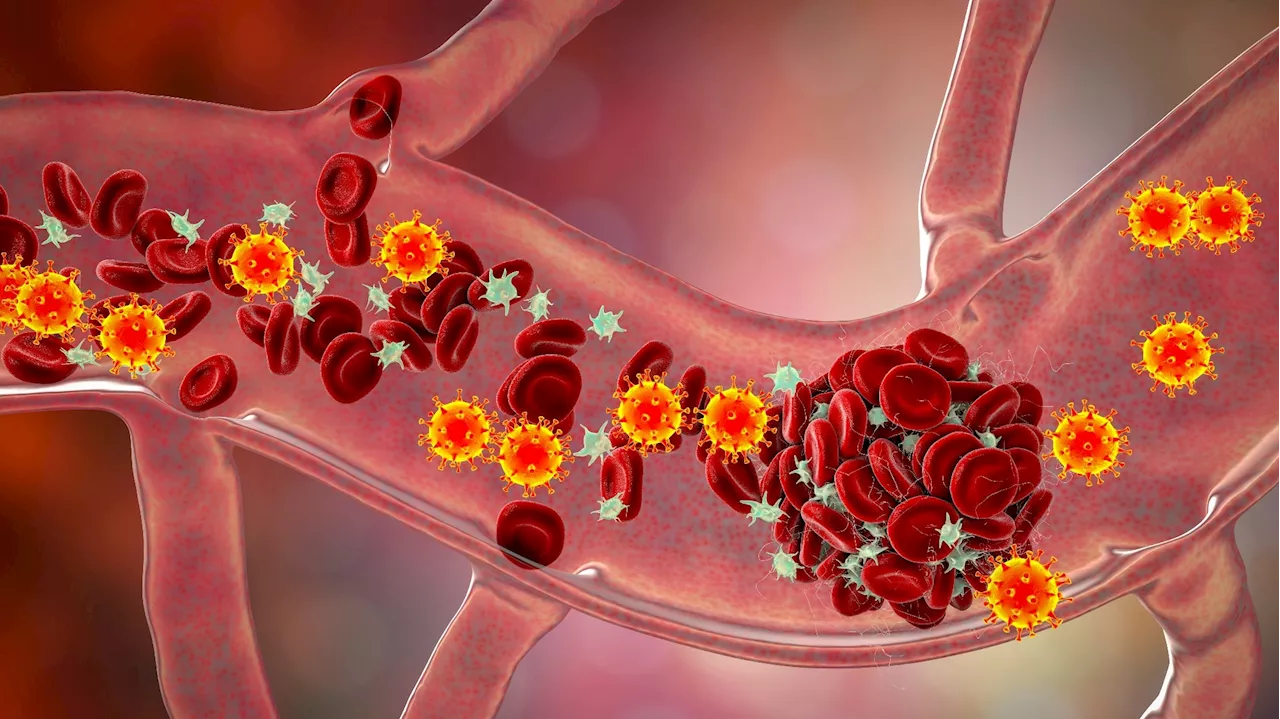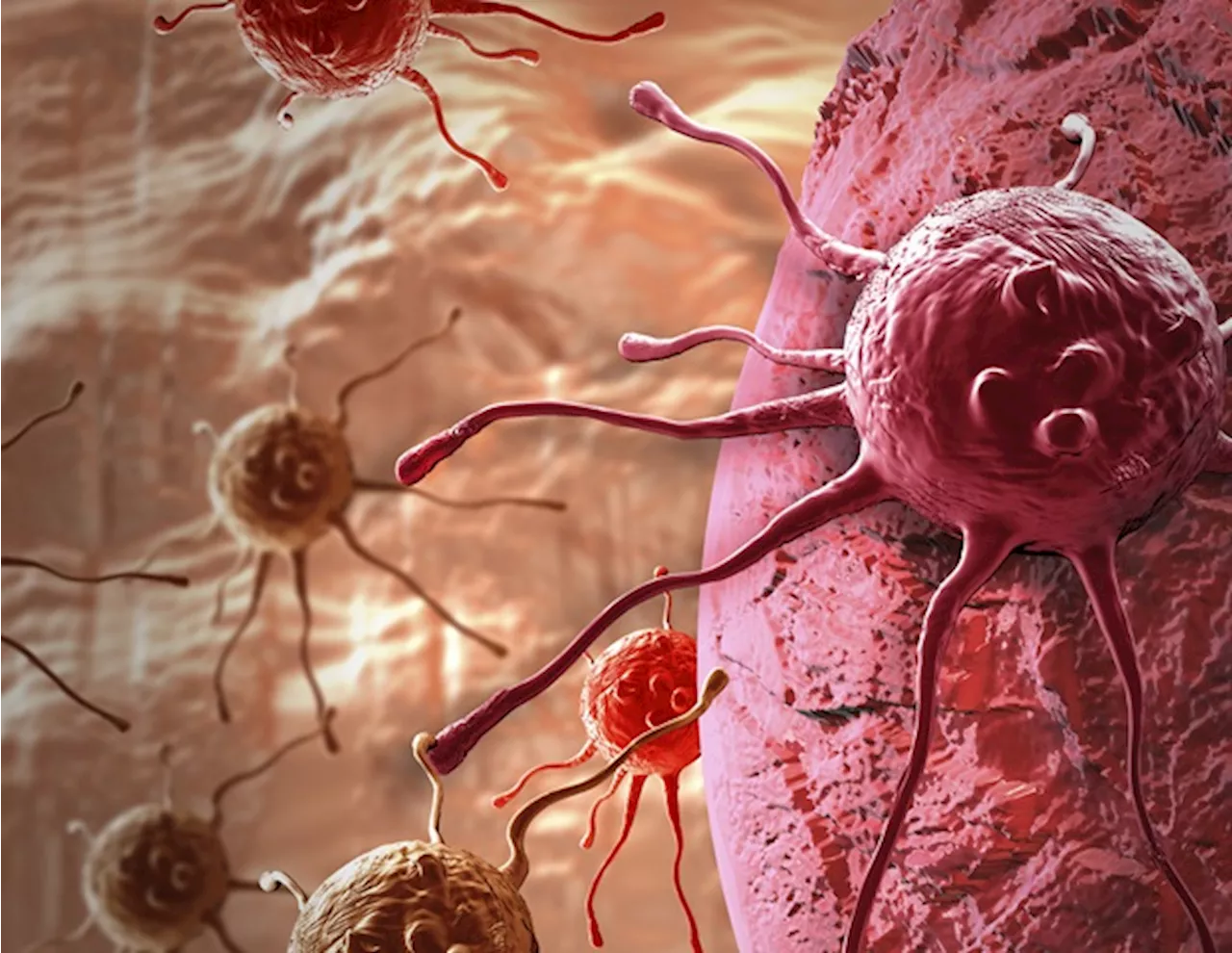Immune checkpoint blockades, or ICBs, have revolutionized treatment for various advanced cancers. However, their effectiveness has plateaued due to therapeutic resistance that renders tumor-infiltrating lymphocytes, or TILs, ineffective.
University of Alabama at BirminghamDec 14 2024 Thus, finding ways to disarm that resistance and rejuvenate anti-cancer TILs -; so they can kill tumor cells -; is an important goal for cancer clinicians. Yet any potential intervention has to take place under unusual conditions -; the cancer microenvironment nearly devoid of oxygen due to fast growth of a tumor and the poor oxygen delivery by the abnormal tumor vasculature.
The UAB researchers found that HIF1α-glycolysis is indispensable for IFN-γ induction in hypoxic T cells. HIF1α is a subunit of HIF, or hypoxia-inducible factor, that is known to play a crucial role in orchestrating cellular responses to hypoxia. With regard to defense against cancer, the researchers found that hypoxic T cells deleted for HIF1α were less able to kill tumor cells in vitro. In vivo, tumor-bearing mice that had the HIF1α-deleted in T cells did not respond to ICB therapy.
TILs and tumor cells utilize the same metabolic pathways for their growth and function, and co-live in the metabolically harsh tumor-microenvironments characterized by hypoxia and poor nutrition, placing them in a fierce metabolic tug-of-war. How to tilt this metabolic battle to favor TILs would be key, and we showed that acetate supplementation restored IFN-γ production in Hif1α-deletion-TILs and overcame ICB resistance derived from HIF1α loss in T cells.
Hypoxia Cell Cell Death Cytokine Glycolysis Interferon Intracellular Metabolism Oncology Oxygen Ph Pharmacology Research Toxicology Tumor Vasculature
United Kingdom Latest News, United Kingdom Headlines
Similar News:You can also read news stories similar to this one that we have collected from other news sources.
 TCR sequencing sheds light on tumor immune interactions in hepatocellular carcinomaHepatocellular carcinoma (HCC) stands as the dominant form of liver cancer, ranking as the fourth leading cause of cancer-related deaths globally.
TCR sequencing sheds light on tumor immune interactions in hepatocellular carcinomaHepatocellular carcinoma (HCC) stands as the dominant form of liver cancer, ranking as the fourth leading cause of cancer-related deaths globally.
Read more »
 New research sheds light on how monkeys avoid hepatitis B infectionHepatitis B virus (HBV) infection is a leading cause of chronic liver diseases, that spreads among individuals through blood or body fluids.
New research sheds light on how monkeys avoid hepatitis B infectionHepatitis B virus (HBV) infection is a leading cause of chronic liver diseases, that spreads among individuals through blood or body fluids.
Read more »
 Research sheds light on how fat cells safely enlarge to store energyA team at the Centro Nacional de Investigaciones Cardiovasculares (CNIC), led by Professor Miguel Ángel del Pozo Barriuso, who heads the Mechanoadaptation and Caveolae Biology group at the CNIC, has identified an essential mechanism in fat cells (adipocytes) that enables them to enlarge safely to store energy.
Research sheds light on how fat cells safely enlarge to store energyA team at the Centro Nacional de Investigaciones Cardiovasculares (CNIC), led by Professor Miguel Ángel del Pozo Barriuso, who heads the Mechanoadaptation and Caveolae Biology group at the CNIC, has identified an essential mechanism in fat cells (adipocytes) that enables them to enlarge safely to store energy.
Read more »
 Groundbreaking research sheds light on mitochondrial DNA depletion syndromeMitochondrial DNA depletion syndrome (MTDPS) is a rare genetic disorder characterized by a marked decrease in mitochondrial DNA (mtDNA).
Groundbreaking research sheds light on mitochondrial DNA depletion syndromeMitochondrial DNA depletion syndrome (MTDPS) is a rare genetic disorder characterized by a marked decrease in mitochondrial DNA (mtDNA).
Read more »
 SARS-CoV-2 hijacks cholesterol trafficking to fuel infection and evade immune responsesSARS-CoV-2 disrupts cholesterol metabolism by using its ORF3a protein to sequester cholesterol in lysosomes, reducing BMP levels and optimizing viral survival. This novel mechanism offers insights into long-term metabolic complications of COVID-19.
SARS-CoV-2 hijacks cholesterol trafficking to fuel infection and evade immune responsesSARS-CoV-2 disrupts cholesterol metabolism by using its ORF3a protein to sequester cholesterol in lysosomes, reducing BMP levels and optimizing viral survival. This novel mechanism offers insights into long-term metabolic complications of COVID-19.
Read more »
 Study links prenatal immune activity to Alzheimer's risk in later lifeFindings from a Mass General Brigham-led study that has followed participants since before birth may offer clues about the origins of Alzheimer's disease.
Study links prenatal immune activity to Alzheimer's risk in later lifeFindings from a Mass General Brigham-led study that has followed participants since before birth may offer clues about the origins of Alzheimer's disease.
Read more »
